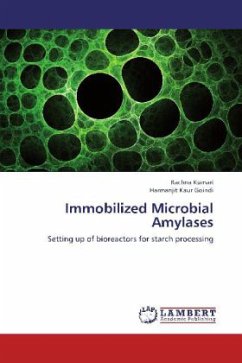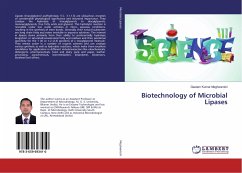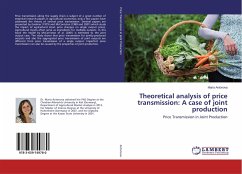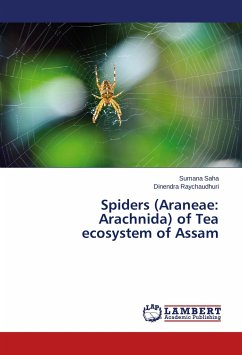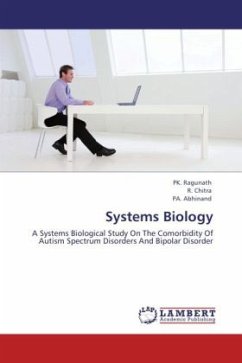
Airborne Sub-micrometer Microbial Exposures
& Airway Inflammation in Children
Versandkostenfrei!
Versandfertig in 6-10 Tagen
45,99 €
inkl. MwSt.

PAYBACK Punkte
23 °P sammeln!
In this research work concentrations of airborne size specific ( 1, 1-1.8, 1.8 µm) microbial contaminants (endotoxin, -glucan) were determined using cyclone samplers in two distinctly different environments: farms and homes. Using inhalable samplers and vacuum cleaners airborne inhalable and dust contaminants from these homes were collected. This approach was used to compare PM1 microbial contaminants in a particular home with those in inhalable particles and in dust inside the same home. Samples were analyzed with Limulus Amebocyte Lysate assays for endotoxin and -glucan. Airway inflammation...
In this research work concentrations of airborne size specific ( 1, 1-1.8, 1.8 µm) microbial contaminants (endotoxin, -glucan) were determined using cyclone samplers in two distinctly different environments: farms and homes. Using inhalable samplers and vacuum cleaners airborne inhalable and dust contaminants from these homes were collected. This approach was used to compare PM1 microbial contaminants in a particular home with those in inhalable particles and in dust inside the same home. Samples were analyzed with Limulus Amebocyte Lysate assays for endotoxin and -glucan. Airway inflammation was assessed in school-age children by measuring exhaled nitric oxide (eNO) levels with non-invasive nitric oxide monitoring system (NIOX-Flex). Results indicate that PM1 endotoxin concentration may be a better predictor of airway inflammation than inhalable or larger particles Exposures to high PM1 endotoxin may protect against airway inflammation in non-asthmatic school-age children. Whether this protection is sustained, needs to be confirmed through follow-up studies.



